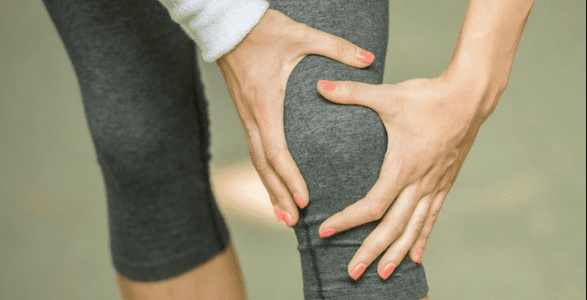
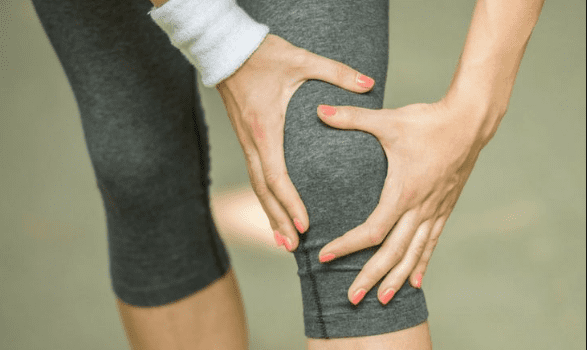
Repairing ACL Tears in Young Athletes
LEVELUP INSIDERS November 4, 2015 Nirav Pandya 0

Repairing ACL tears in young athletes has to account for the athlete’s physical growth potential.
With the rapid increase in single-sport specialization among children, orthopaedic providers have seen a tremendous rise in the number of adult-type injuries in our young athletes. Particularly anterior cruciate ligament (ACL) tears. Children as young as 6 years of age with these injuries have presented to my clinic with increasing frequency.
Unlike adult patients for whom the decision to undergo ACL reconstruction is relatively straightforward, the fact that many of our patients are still growing adds an additional level of complexity to the decision to undergo surgery for a torn ACL. This is because there is a potential risk of growth disturbance.
When surgeons drill tunnels in the thigh (femur) and shin (tibia) bones to place a new ACL, these tunnels may cross the areas of bone where growth occurs (the growth “plates”). Up to 1.5 cm per year of longitudinal growth can occur from these areas in a young patient.
ACL Surgery
If an ACL surgery is performed it should take into account the fact that a patient may still be growing. Otherwise discrepancies in leg length and/or angle (i.e. knock-knee) can develop. As a result, the decision to undergo ACL surgery in a patient who is growing should take into account the patient’s amount of growth remaining. There are multiple different ways of doing this. This is because a patient’s chronologic age many times does not correlate with their physiologic age. For example, some 13-year old boys have reached their maximum height by age 12, whereas others keep growing until age 17).
Surgeons like myself who treat pediatric patients with ACL injuries utilize a variety of techniques. These gauge the amount of growth remaining in patients. These include x-ray’s, MRI’s, assessment of parental height, charting growth patterns. They also include recent growth spurts, and assessing for the signs of puberty. This is important for the physician planning a surgical reconstruction. But more importantly for the parents and young athlete so that they understand the potential growth implications of their surgery.
Due to this risk of growth disturbance, many ACL injuries in young athletes were delayed treatment until patients were done growing. They were treated with activity restrictions and specialized braces for their injured knee until they were nearly adults. Unfortunately, multiple studies have shown that delaying ACL surgery in these young patients can lead to an increased risk of meniscus tears. Also articular cartilage damage since even day to day activity without an ACL can subject the knee to repeated instability and damage.
Results
As a result, multiple different techniques are now utilized during ACL reconstruction in the young athlete. Consequently t growth can be preserved and surgery does not have to be delayed. These techniques including changing the position of where tunnels are drilled relative to the areas of growth in the bone, the size of the tunnels drilled, the type of ACL graft which is placed in the tunnels, and the type of devices used to fix the ACL graft within the bone. These changes have allowed physicians to effectively treat the growing number of young athletes who present with these injuries.
This not only helps gets our athletes back to sport, but more importantly can prevent degenerative changes in the long-run.
Dr. Nirav K. Pandya is a board-certified orthopedic surgeon. He specializes in pediatric sports injuries. Dr. Pandya works at the UCSF Benioff Children’s Hospital in Oakland and the University of California San Francisco. He sees patients and operates in San Francisco, Oakland, and Walnut Creek.
_______________________________
GET CONNECTED:
Follow SportStars on Twitter & Instagram | Like us on Facebook | Subscribe!
_______________________________

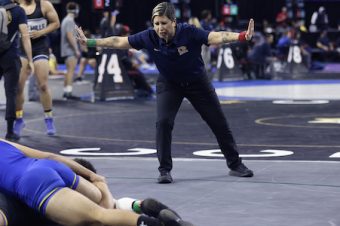
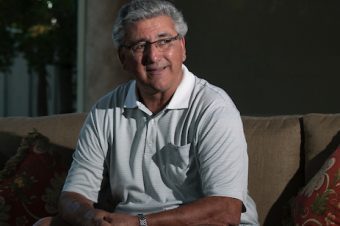
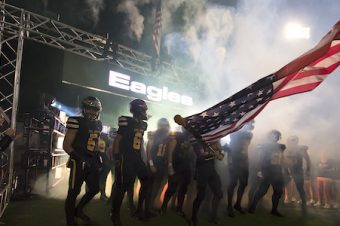
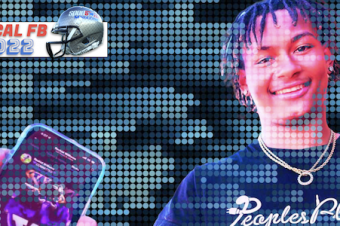
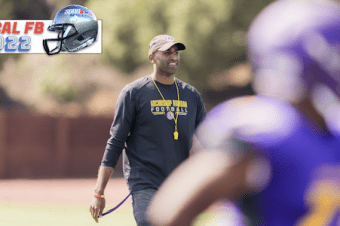
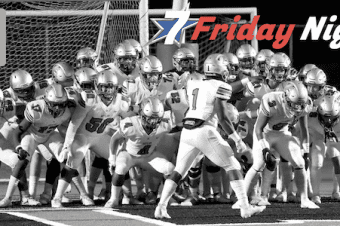
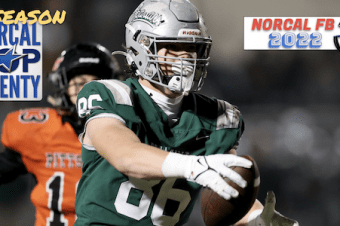
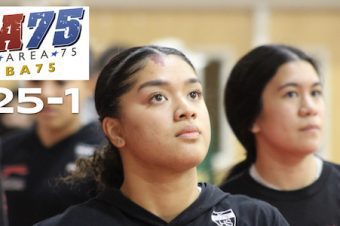

No comments so far.
Be first to leave comment below.